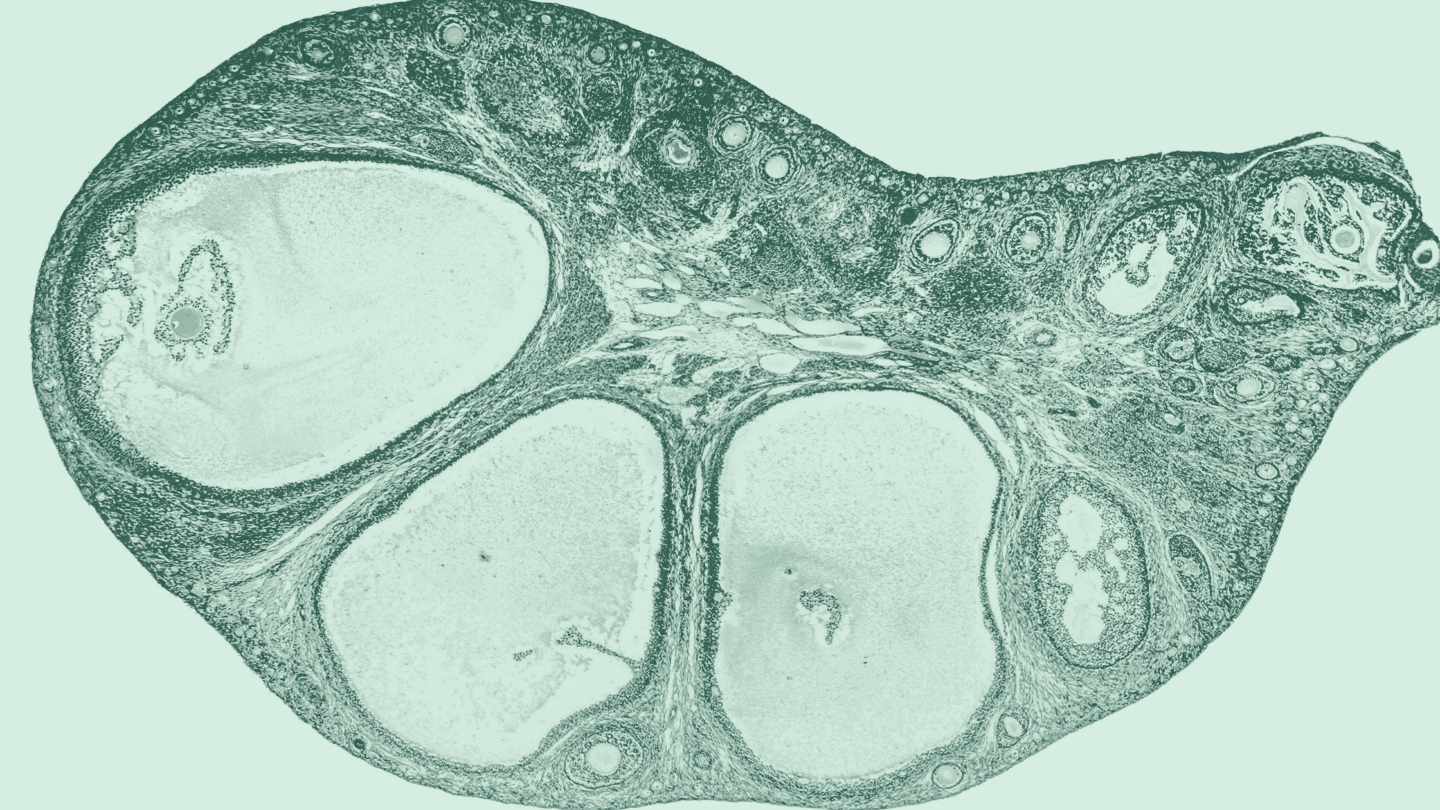We all know the basics of how pregnancy begins: The sperm meets the egg, the egg becomes fertilized, then the embryo implants in the . So naturally, if you’re trying to avoid pregnancy, it makes sense to eliminate the chances of the sperm and egg meeting.
During sex, your risk of pregnancy is much higher if you don’t use protection, such as condoms or long-term . Strategies like the pull-out method aren’t considered effective at preventing pregnancy — and that can be due to the presence of sperm in pre-cum, or the fluid excreted by the penis before ejaculation. Though it’s typically an unassuming part of sex, pre-cum does carry more of a pregnancy risk than you might realize. Here’s what you need to know.
What exactly is pre-cum?
Pre-cum is the slang term for pre-ejaculatory fluid, which is produced by people with penises during arousal, foreplay, and sex. When the penis is erect, the body creates pre-cum as a natural lubricant.1
Just like other bodily fluids such as snot or tears, you can’t really control how much or how little pre-cum your body creates. It’s a natural and normal part of arousal and sex, and a precursor to ejaculation: It’s what the body produces first in order to release semen later.2
The trouble is, during sex, you might not realize when pre-cum turns into semen, since they both exit through the tip of the penis.3 But there’s a big difference between the two: Semen is loaded with sperm.
By itself, pre-cum contains enzymes and mucus secreted by a few different glands in the reproductive system. It doesn’t necessarily contain sperm — but it isn’t uncommon for sperm to leak into pre-cum, either.1
Though the amount of sperm in pre-cum will be a lot lower than the amount found in semen, the presence of any sperm can increase you or your partner’s chances of pregnancy.
How much sperm is in pre-cum?
The amount of sperm in pre-cum varies from person to person. Studies show that some people regularly release sperm before ejaculation, while others don’t release any at all.1
For a study published in 2003, researchers studied pre-cum samples from 12 people. They didn’t find any sperm present in the samples.4 But that finding hasn’t stayed consistent in more recent studies with a greater number of participants.
In a 2016 report, samples were collected from 42 people, and 16 percent had motile sperm present in their pre-cum. Motile sperms are the ones with good swimming capabilities; in other words, they are best suited to find and fertilize eggs.5
Like what you’re reading? Get the latest straight to your inbox 💌
Similarly, another study published in 2011 looked at the pre-cum samples of 27 participants, and found that a whopping 40 percent of them had at least some amount of sperm present.1 Even those with oligospermia, or low motile sperm counts, could still release sperm into their pre-cum.
So what’s going on here? The 2011 report looked at multiple pre-cum samples from the participants, and found that the same participants consistently had sperm present in their pre-cum. The rest never had sperm in any of their samples.1
That led the researchers to conclude that people who leak sperm into pre-cum do it all the time, while others never do. The presence or absence of sperm in pre-cum seems to be up to individual anatomy, though it isn’t clear yet exactly what causes those differences.
Because of this, some people may be able to avoid pregnancy more effectively with the pull-out method than others. But unless you or your partner’s pre-cum has been tested in a lab, it’s better to play it safe if you’re trying to avoid pregnancy.
Is adyn right for you? Take the quiz.
How common is it to get pregnant from pre-cum?
Since pre-cum can contain sperm, albeit low amounts, there is a possibility that it could make you or your partner pregnant. Unfortunately, there aren’t concrete numbers on the chances of someone getting pregnant from pre-cum alone. And that risk varies from person to person, due to biological differences and what methods you use to avoid pregnancy during sex.
Efficacy stats from the pull-out method can give us an idea of how likely it is to get pregnant from pre-cum. If it’s executed perfectly – meaning you or your partner withdraw before any ejaculation, every time – there’s a 96 percent chance of averting pregnancy.6
Nearly one in five people will get pregnant when using the alone.
But people often make mistakes. More realistic estimates put the efficacy of the at just 82 percent. That means nearly one in five people will get pregnant when using the alone.6
These rates are lower than other forms of . Condoms have a slightly higher efficacy rate than the pull-out method when used properly, and long-term forms of such as the IUD and implant are around 99 percent effective.7
Read more: What Does Highly Effective Mean?
Combining methods can also produce more robust protection. For example, the pill is around 91 percent effective at preventing pregnancy, so also using condoms during sex can provide even greater protection.7
In general, it’s a good idea to err on the side of caution if you’re trying to not get pregnant. Mistakes can be life-altering, and preparing ahead of time can give you greater control over the outcome of intercourse. There are many forms of effective that can give you more peace of mind when having sex — it might just take some time to find the best one for you.
-
- Killick, Stephen R., et al. “Sperm content of pre-ejaculatory fluid.” Human Fertility 14.1 (2011): 48-52.
- Encyclopedia Britannica. “Semen.” Britannica.com (2023 Jan 04): Accessed 2023 Feb 17.
- Encyclopedia Britannica. “Ejaculation.” Britannica.com (2022 Aug 18): Accessed 2023 Feb 17.
- Zukerman, Zvi, David B. Weiss, and Raoul Orvieto. “Does preejaculatory penile secretion originating from Cowper’s gland contain sperm?” Journal of Assisted Reproduction and Genetics 20 (2003): 157-159.
- Kovavisarach, Ekachai, Suppasak Lorthanawanich, and Pairat Muangsamran. “Presence of sperm in pre-ejaculatory fluid of healthy males.” J Med Assoc Thai 99.Suppl 2 (2016): S38-S41.
- Jones, Rachel K., et al. “Better than nothing or savvy risk-reduction practice? The importance of withdrawal.” Contraception 79.6 (2009): 407-410.
- U.S. FDA. “Birth control.” FDA.gov (2022 Dec 23): Accessed 2023 Feb 17.








